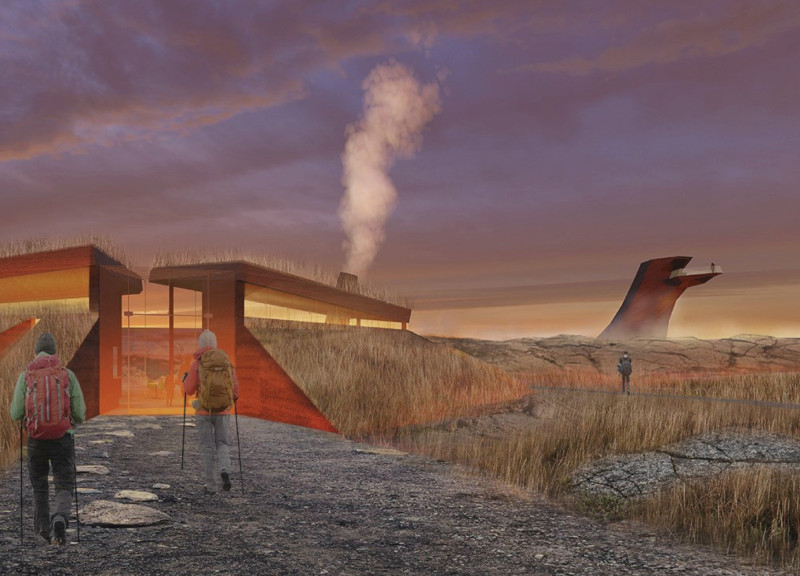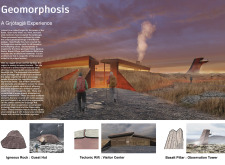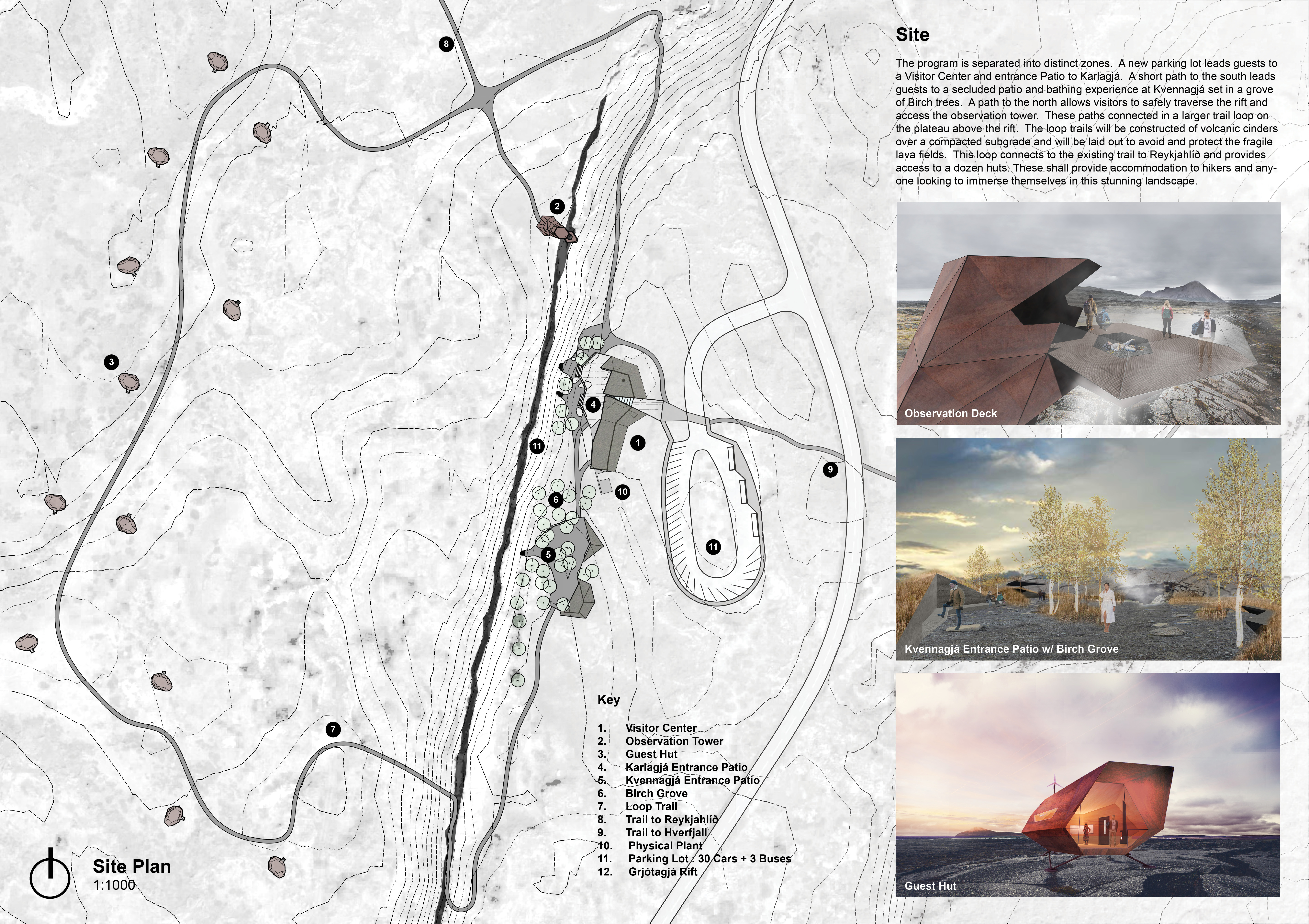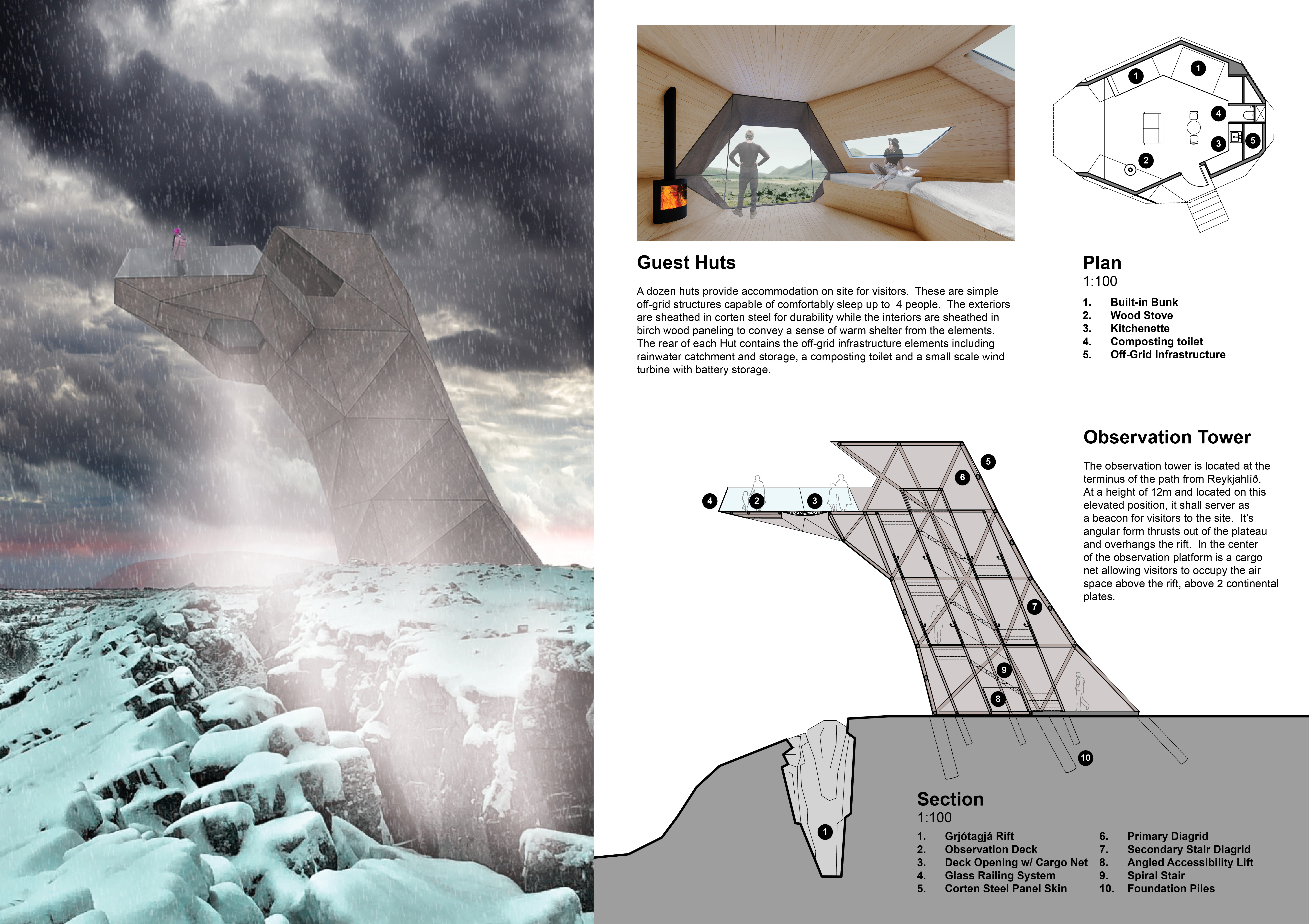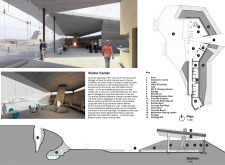5 key facts about this project
The structure combines a variety of materials, including concrete, glass, and steel, to create a visually appealing yet functional space. Each material serves a specific purpose; concrete provides stability, glass enhances natural light intake, and steel allows for structurally efficient designs. The careful selection and use of these materials reflect an awareness of both aesthetic appeal and sustainability.
Design Integration and Functional Diversity
One of the notable aspects of this architectural project is its design integration. The layout emphasizes an open-plan structure that promotes fluid movement between spaces. This approach facilitates interaction among residents and visitors, encouraging a sense of community within the urban context. The project includes designated areas for social engagement, such as communal gardens and multipurpose rooms, further enhancing the functionality of the space.
The project also distinguishes itself through its commitment to sustainability. Features such as rainwater harvesting systems and energy-efficient technologies are integrated throughout the design. This focus on environmental responsibility not only reduces the building’s ecological footprint but also sets a standard for future architectural practices in the region.
Architectural Details and Community Impact
Architectural details in this project are meticulously considered. Facades incorporate shading devices that mitigate heat gain, while large windows create a connection to the surrounding environment. This design approach enhances the user experience by maximizing natural light and optimizing thermal comfort.
The community impact of this project is substantial. By providing accessible public spaces and integrating mixed-use areas, it aims to revitalize the urban landscape. The design encourages active use by offering amenities that meet the needs of diverse user groups, from families to professionals.
For a deeper exploration of the project, including its architectural plans, sections, and detailed designs, readers are encouraged to review the full presentation. Understanding the intricacies of this project can provide valuable insights into contemporary architectural ideas and design strategies.


